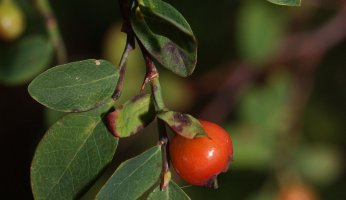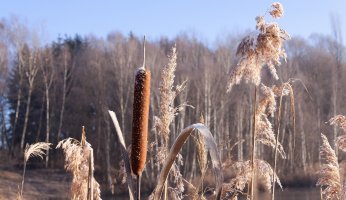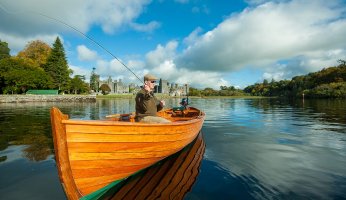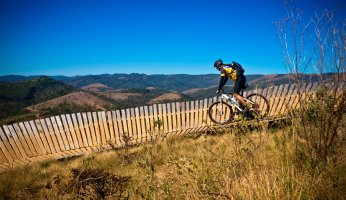Wild Food Profile: Burdock
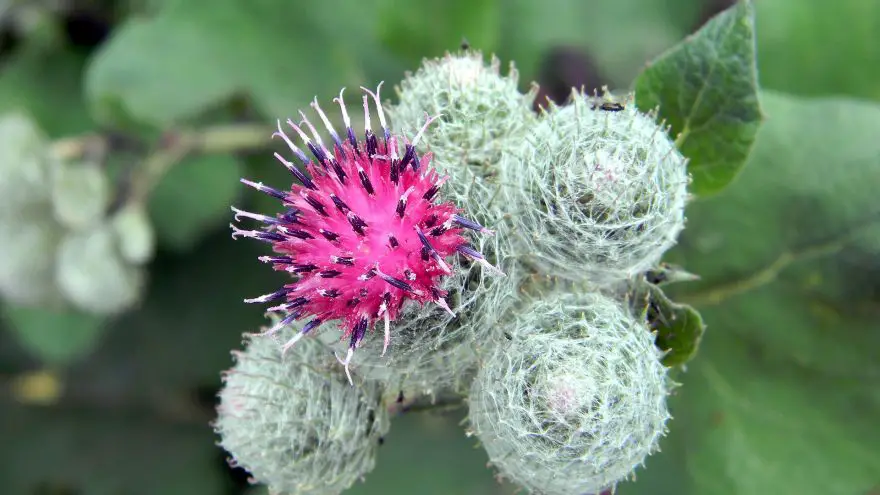 Wild Food Profile: Burdock
gearweare.net
Wild Food Profile: Burdock
gearweare.net
Burdock is a fascinating and inspirational plant that has been utilized for centuries. Its history includes being used as tinctures for healthy scalps, a magical protection on blankets, an inspiration for the invention of Velcro, as an ancient ingredient in beer making and as a food eaten around the world. Recent history has dropped burdock from favor as a dietary plant in the western world, but it is still eaten very often in parts of Asia, including Japan, China and South Korea. It can be found across North America and will add a nice new ingredient into your foraging repertoire.
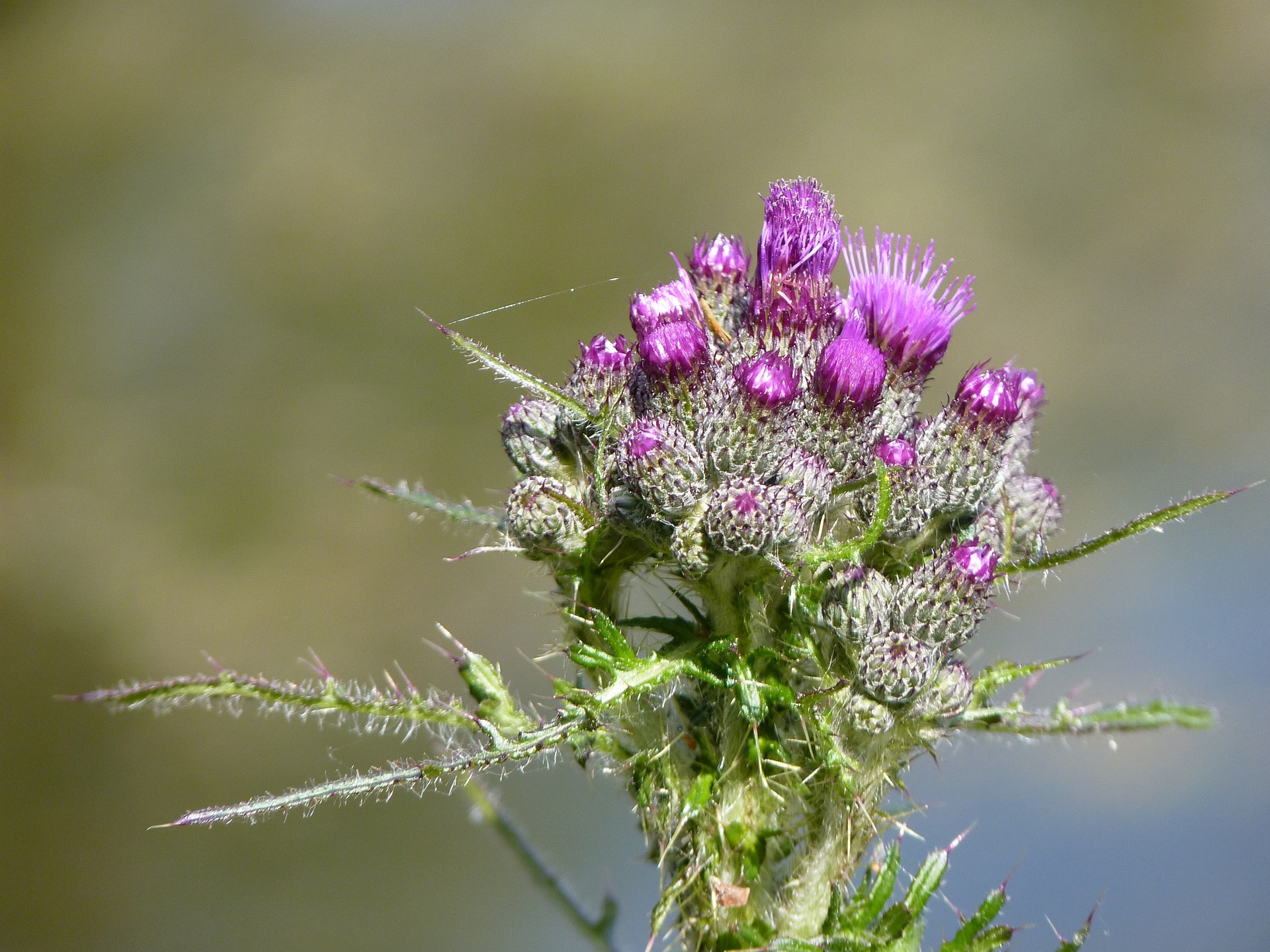
Botanical Profile
Burdock is commonly recognized as a weed in the United States. The infamous green and purple burrs that grow around its seeds are frequently noticed by passersby when they get caught on clothes and in their pet’s fur. The common burdock plant has spread worldwide and can grow to about six feet high. Burdock leaves grow to over two feet long and are heart shaped when young. As the leaves mature they lose their heart shape, however, the lower leaves often keep this initial shape.

At the head of burdocks are prickly balls called burrs. These burrs grow bright green, but develop a purple tinge later in the season. The burrs are a couple of inches in diameter and grow purple flowers that are roughly one inch in diameter. Late fall turns the burrs a brown color as they dry out and the small hooks on the outer layer of the burrs have developed to allow them to easily catch onto fur and clothes to aid in seed dispersal. The success of these small hooks was the inspiration that the Swiss inventor George de Mestral credited for his invention, Velcro.
Distribution
Burdock is found across the North America in cool, moist fields. It is often found along highways, roadways and other disturbed sites. It is less common in California and other arid states across the southern United States.
Uses
Burdock root is a commonly eaten vegetable in Japan and South Korea. It is less commonly known as an edible plant in the west, but grows abundantly none-the-less. Burdock root is similar to a carrot and is often cooked using similar methods and recipes as carrots are.
The roots are especially difficult to clean completely, so it is common to peel them before eating. In Japan, the roots are often cut into thin strips, soaked in water for half an hour or so and braised in a pan. The early spring leaves are a delicacy in Japan. The leaves are only ever eaten when they are very young, small and soft.
Seasonality
Burdock root is best in late fall and early spring. The plant grows through the summer, and when it is growing, its energy is being put into the leaves and thus, depletes the nutrient content of the root. Being a biennial plant, the second year is when the plant goes to seed.
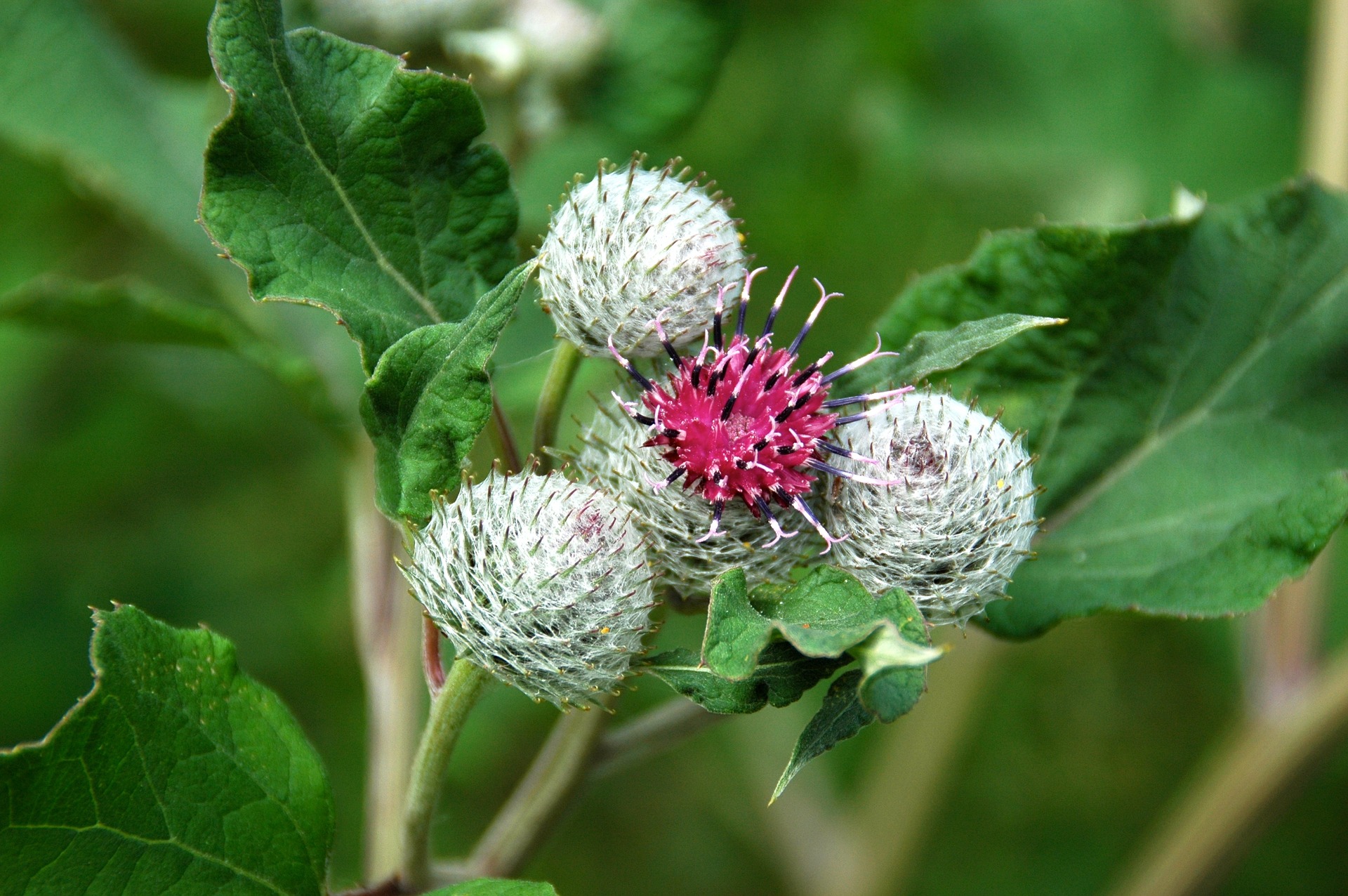
How to Harvest
Burdock’s most commonly harvested piece is the root. Since it is biennial, the seeds can only be harvested every second year. Harvesting the seeds is simple enough, but the roots can be a bit of a pain. They should be harvested during the late fall of the first year. It is easiest to tell the difference between the first and second years by looking for dried seeds on the plant when harvesting. Dried seeds mean second year and lets you know to wait until next season for that plant. During late fall Burdock plants will store their energy in their roots, giving them a much sweeter, fuller taste.
By waiting until after the first heavy frost, it is more certain to get a good harvest. Though waiting too long to harvest can be troublesome because the ground will be tough and difficult to remove the roots from. Also, it is easiest to identify burdock when it still has its leaves. After the fall die-off it will be difficult to make an accurate identification.
Instead of attempting to pull the roots out, which will most likely break off near the top and leave you with a wimpy stub, it is important to begin by digging out the taproot with a hand shovel. Once you get around the taproot, the rest of the skinny roots should come out easier leaving you harvest intact and ready to eat.
It is also possible to harvest the seeds of second year burdock plants, but be wary for bugs that are hiding within the fuzzy burrs surrounding the seeds. The second-year plants will have gone to seed by late fall and can be collected along with the roots of other first year plants.
Harvesting young leaves is simple enough to do. Head out into the field with a small pair of scissors and a little bag to house your harvest. Make sure to cut the leaves with a clean pair of scissors or else you could infect the plant and tearing the leaves is also damaging for the plant.
Be careful not to mistake burdock for a lookalike plant, nightshade. It is common for these plants to grow in and around groups of burdocks. Nightshade doesn’t get the purple and green burrs, but the leaves can look similar. Because of this, it is especially important to identify the difference when you are harvesting burdock leaves. Always travel with a trusted identification book and use multiple factors for correct identification.
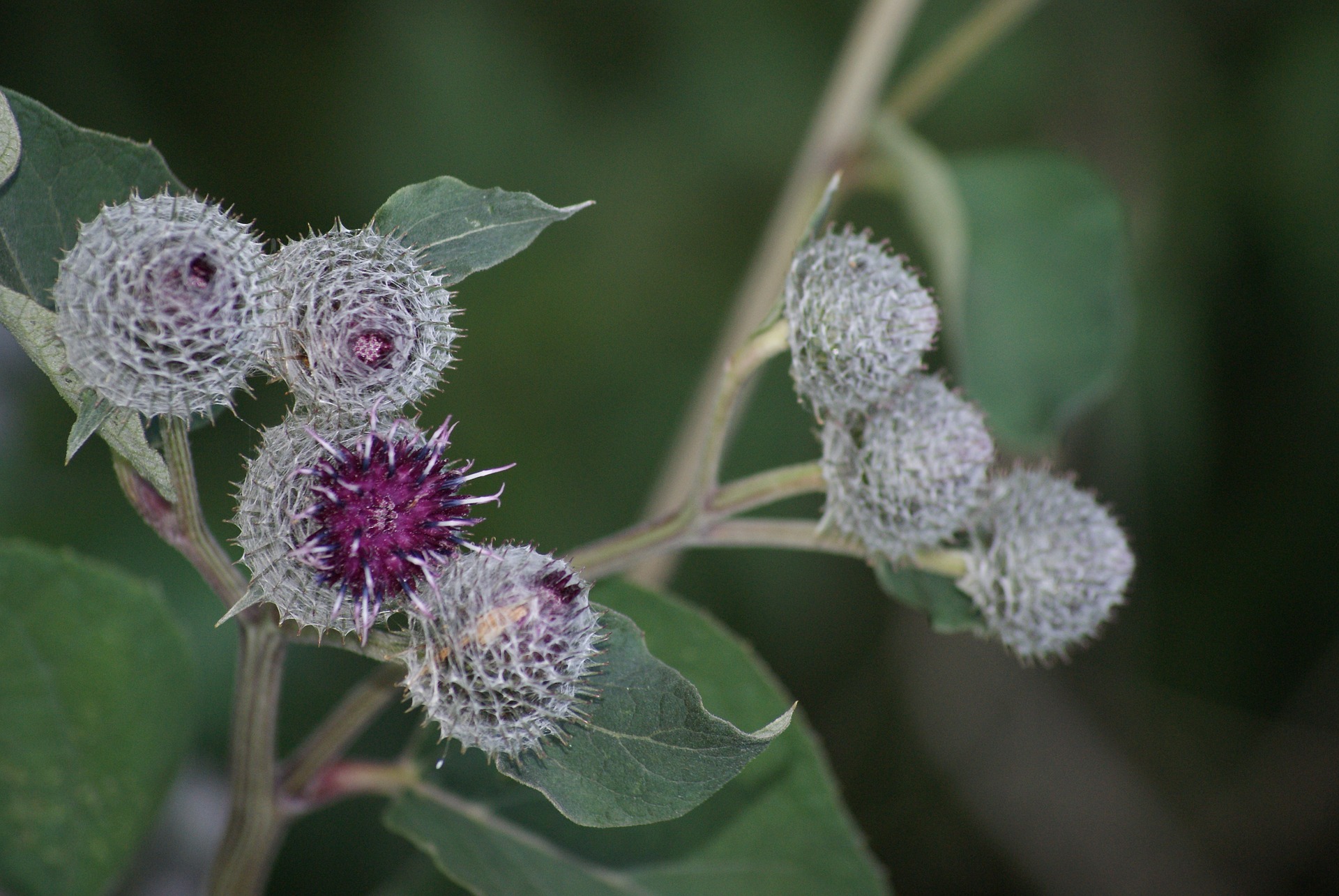
Sustainability
Burdock plants grow wildly and easily in moist areas. People who harvest burdock will often stomp a few of the seeds into the ground and will find an abundance of the plant in the same area, yearly. Just remember not to take all the leaves off of one plant and don’t harvest all the plants from a particular area.
Conclusions
Burdock is an underutilized plant in the North America. The roots and young leaves are nutritious and good to eat. They are easily identifiable, simple to harvest and give plenty of food for the amount of work needed to harvest. As long as you are careful not to accidentally eat nightshade leaves, there isn’t much danger to burdocks. The continued used across several Asian countries shows how edible the plant is and how it can be successfully added to your foraging repertoire.





